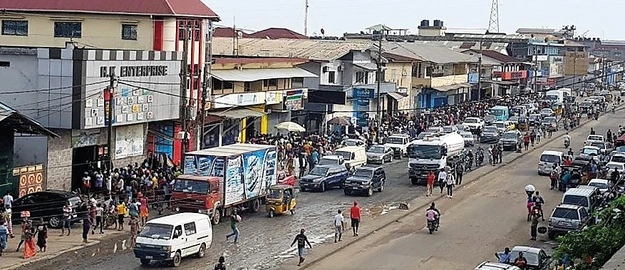The pandemic and poor people's struggle for survival: How should government in low-income countries respond and what resources are needed?
September 29, 2020.
As Covid-19 expands across the globe with increasing speed, many low- and middle-income countries are confronted to urgently identify and implement measures to combat the life-threatening pandemic.
The Economist wrote in March 2020 that “Africa is woefully ill-equipped to cope with Covid-19”, emphasizing the fact that “people cannot stay away from work if they have no money”. Covid-19 not only brings the risk of a huge death toll, but fighting its spread inevitably affects the livelihoods of the most vulnerable people. Once deprived of their income opportunities, they are at the brink of starvation. The dilemma faced by African governments is to balance the trade-offs between saving lives in the short term and saving livelihoods for long-term survival.
Role and impact of social programs
In response to the pandemic, governments have started to introduce, expand, and modify welfare programs. In our research, we examine how social programs during the pandemic should be designed in different environments, particularly to keep food systems functioning. In addition to that, we estimate the amount of public financial resources in the form of cash transfers required to compensate the urban poor for the economic damage induced by the pandemic, i.e. costs incurred to keep the poor above the international poverty line (assuming an international poverty line of 1.9 USD a day per person).
Cash transfer: Does it suffice?
Currently 413 million sub-Saharan Africans live in extreme poverty, 165 million of them in urban areas. The Covid-19 pandemic could push at least an additional three million people in urban areas into poverty. The total public costs of a 1.9 USD-transfer per person to lift households above the poverty line depend on the number of beneficiaries, location of distributions, size of transfers and the existing infrastructure. If cash transfers were to be paid to 50% of all people in urban areas, the costs would be between 177-289 million USD a day depending upon the efficiency of the program. Paid for 30 days, the costs would quickly increase to 5.3-8.6 billion USD. However, a significant cost reduction could be obtained if mobile cash transfer approaches and cost-efficiency drivers are systematically designed and employed.
Donor and international communities have to help
African countries cannot get cheap loans on the credit market to finance investment programs through additional public debt. Moreover, there will be a massive outflow of capital from the Global South which makes it unlikely that African countries would be able to cope with the financial burden on their own. The development community and international donor countries have to fill the finance gap to ensure that the investments in global health, food security, and poverty reduction made over the past 30 to 50 years will not be nullified.
For more information, see Sakketa, T.G. /Kornher, L.: The Covid-19 Pandemic Crisis and Poor People’s Struggle for Survival: How Should Governments in Low-Income Countries Respond and What Resources are Needed? (ZEF Policy Brief 33). https://www.zef.de/fileadmin/webfiles/downloads/zef_policybrief/ZEF_PolicyBrief-33_Sakketa_Kornher.pdf



